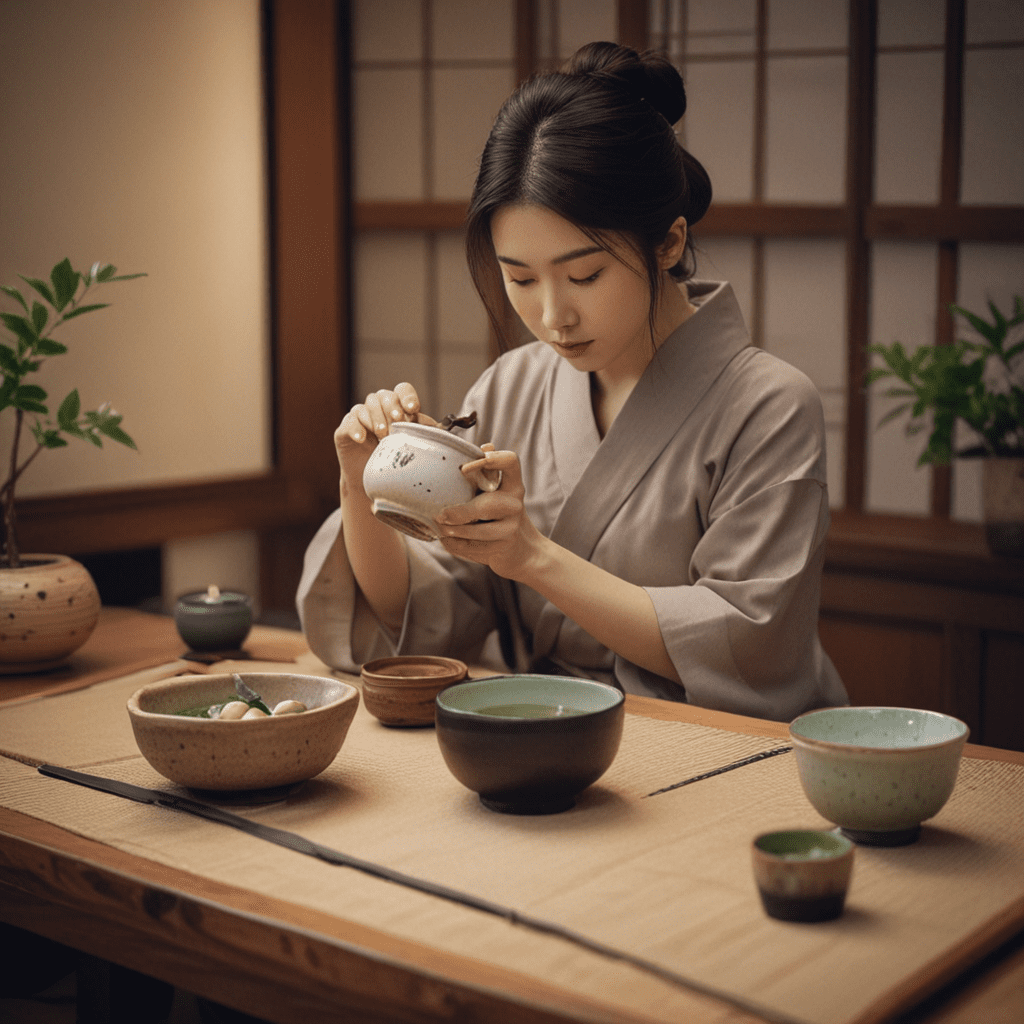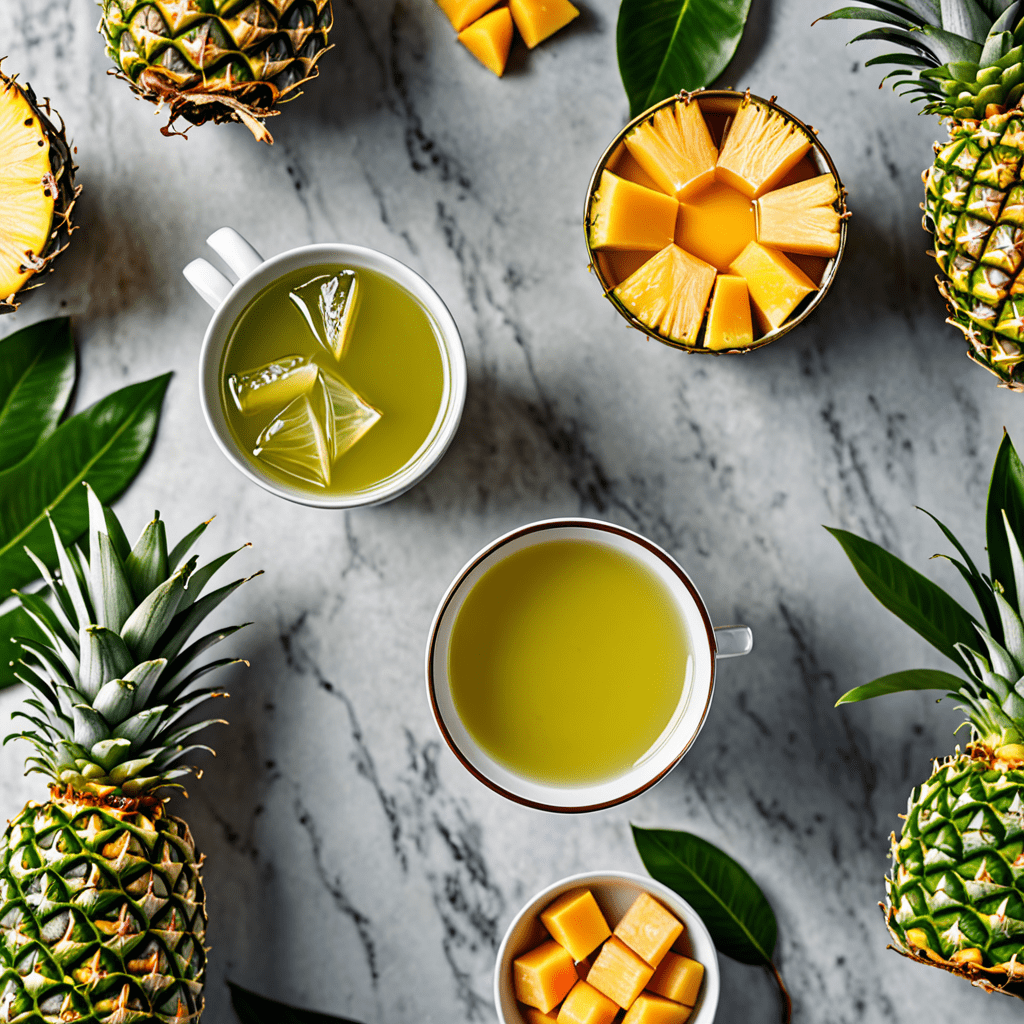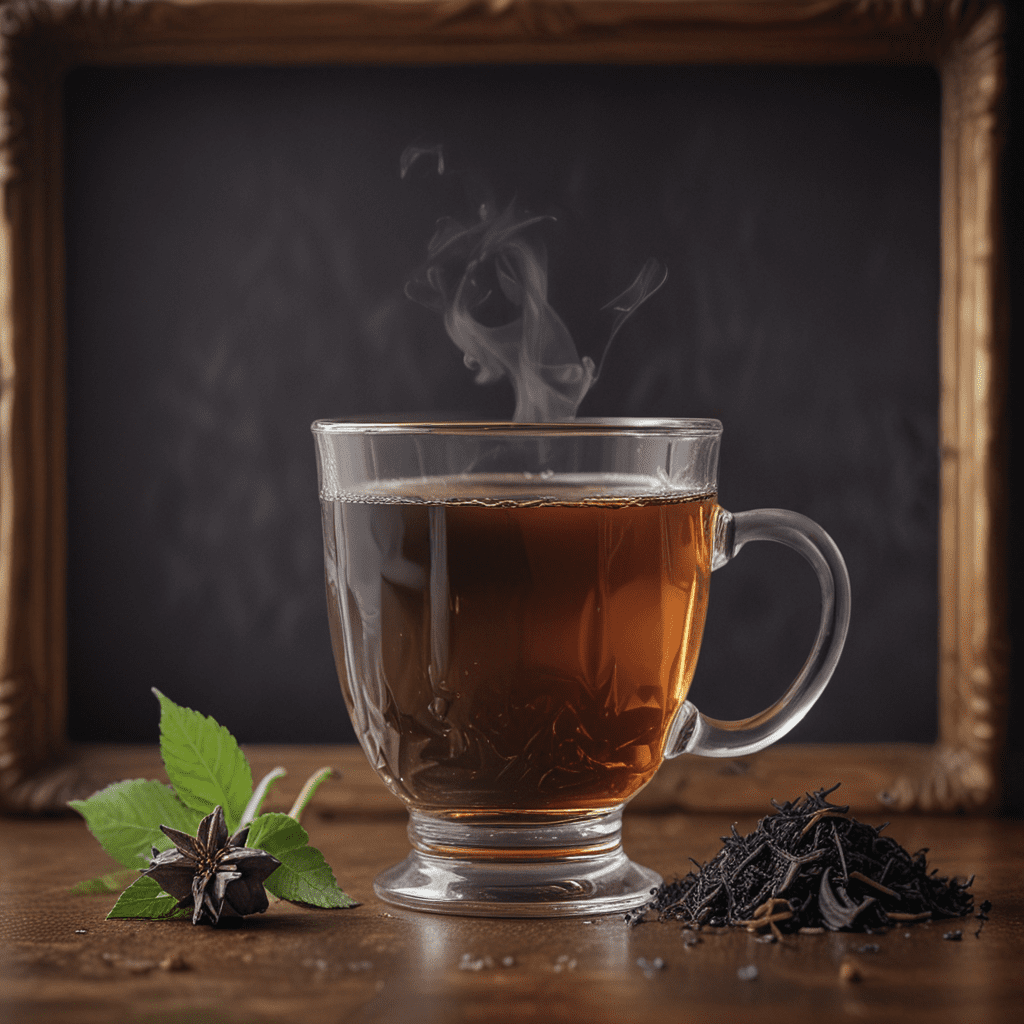
Introduction: The Essence of the Tea Ceremony
The Japanese tea ceremony, also known as chanoyu or sado, is an exquisite cultural ritual that embodies the profound philosophies and intricate aesthetics of Japanese tradition. This time-honored practice is a holistic experience that goes beyond mere tea consumption; it is an artistic performance, a spiritual meditation, and a way of cultivating harmony and tranquility in an ever-changing world.
The tea ceremony originated in ancient China, where tea was enjoyed as a beverage and used for medicinal purposes. Over time, tea drinking evolved into a sophisticated ritual, and by the 16th century, the tea ceremony had become an integral part of Japanese culture. It was during this time that tea masters such as Sen no Rikyu and his successors codified the principles and aesthetics of the tea ceremony, establishing it as a refined art form.
Historical Origins: Tea and Ritual in Ancient Japan
The earliest evidence of tea cultivation in Japan dates back to the 9th century, with tea seeds being brought over from China by Buddhist monks. Tea drinking initially took root among the elite classes, who enjoyed the beverage for its invigorating and medicinal properties. As tea became more widely available, it began to be consumed by all levels of society.
During the Muromachi period (1336-1573), tea drinking evolved from a simple social activity into a more formalized ritual. Tea gatherings were held in dedicated tea rooms, and guests were expected to follow certain rules of etiquette. These gatherings provided a space for refined conversation, artistic appreciation, and spiritual contemplation.
The Aesthetics of Tea Ceremony: Simplicity, Purity, and Refinement
The tea ceremony is characterized by its simplicity, purity, and refinement. The tea room is typically a rustic and unadorned space, with tatami mats on the floor and a tokonoma alcove for displaying a scroll or flower arrangement. The tea utensils are humble and often made of natural materials such as bamboo, ceramic, and lacquerware.
The emphasis on simplicity in the tea ceremony reflects the Japanese philosophy of wabi-sabi, which values imperfections and asymmetry. The tea utensils are not meant to be perfect or showy; rather, they are appreciated for their unique character and patina. The tea room and utensils are also meant to evoke a sense of tranquility and detachment from the outside world.
The Role of the Host and Guests: Respect, Etiquette, and Shared Experience
The tea ceremony is a highly ritualized event with specific roles for the host and guests. The host is responsible for preparing and serving the tea, as well as creating a welcoming and harmonious atmosphere. The guests are expected to show respect for the host and follow the established etiquette of the tea ceremony.
The tea ceremony is a shared experience that brings people together. The host and guests interact in a spirit of mutual respect and appreciation. The conversation is often light and humorous, but it can also touch on deeper philosophical themes. The tea ceremony provides a space for people to connect with each other and with themselves.
The Importance of Tea Utensils: Symbolism, Craftsmanship, and Appreciation
The tea utensils used in the tea ceremony are not merely functional objects; they are also works of art with deep symbolic meaning. Each utensil has a specific purpose and is made with exquisite craftsmanship. The teacups, teapots, and other utensils are often decorated with motifs that evoke nature or Japanese traditional culture.
The Ritualistic Procedures: Preparing, Serving, and Enjoying Tea
The tea ceremony is a highly ritualized event with specific procedures for preparing, serving, and enjoying tea. The host begins by purifying the tea utensils with hot water. The tea is then prepared in a special teapot called a chawan. The host then whisks the tea with a bamboo whisk, creating a frothy consistency. The tea is then served to the guests in small cups.
The guests are expected to appreciate the beauty of the tea utensils and the skill of the host in preparing the tea. They are also expected to enjoy the tea itself, savoring the flavor and aroma. The tea ceremony is a time for relaxation, contemplation, and appreciation of the present moment.
The Spiritual Dimension of Tea Ceremony: Connecting with Nature and Self
The tea ceremony is not simply a social or aesthetic event; it is also a spiritual experience. The tea room is often designed to evoke a sense of tranquility and detachment from the outside world. The natural elements of the tea room, such as the tatami mats, the flower arrangement, and the tea utensils, are meant to remind the participants of the beauty and interconnectedness of the natural world.
The tea ceremony also provides an opportunity for self-reflection and meditation. The quiet and contemplative atmosphere of the tea room allows the participants to focus on their inner thoughts and feelings. The tea ceremony can be a time for personal growth and spiritual awakening.
Tea Ceremony and Japanese Culture: Reflections of Harmony and Order
The tea ceremony is a microcosm of Japanese culture. It reflects the Japanese values of harmony, order, and respect for tradition. The tea ceremony is a way for the Japanese people to express their love of beauty and their appreciation for the simple things in life.
The tea ceremony has also had a profound influence on Japanese art and architecture. The tea room is a unique example of Japanese design, and the tea utensils are admired for their beauty and craftsmanship. The tea ceremony has also inspired many works of literature, painting, and music.
The Modern Evolution of Tea Ceremony: Preserving Traditions and Adapting to Change
The tea ceremony has evolved over the centuries, but its core principles have remained the same. However, the modern tea ceremony has also adapted to changing times. For example, tea ceremonies are now often held in non-traditional settings, such as hotels and restaurants. The tea ceremony has also become more popular with people outside of Japan, and there are now many tea schools and organizations around the world.
Despite these changes, the tea ceremony continues to be a vibrant and meaningful tradition. It is a way for people to connect with Japanese culture, appreciate the beauty of nature, and find harmony and peace in their lives.
Conclusion: The Enduring Legacy and Meaning of Tea Ceremony
The Japanese tea ceremony is a unique and enduring cultural tradition. It is a practice that has been passed down from generation to generation, and it continues to be enjoyed by people all over the world. The tea ceremony is a way of life for the Japanese people, and it is a symbol of their culture and values.
The tea ceremony is a reminder that there is beauty in the simple things in life. It is a way to slow down and appreciate the present moment. The tea ceremony is a way to connect with nature, with oneself, and with others.
FAQ
What is the purpose of the tea ceremony?
The purpose of the tea ceremony is to cultivate harmony, tranquility, and appreciation of the present moment. It is also a way to connect with Japanese culture and values.
What are the key principles of the tea ceremony?
The key principles of the tea ceremony are simplicity, purity, and refinement. The tea ceremony is also based on the principles of respect, harmony, and spiritual growth.
What are the different types of tea ceremonies?
There are many different types of tea ceremonies, depending on the occasion and the school of tea. The most common types of tea ceremonies are the formal tea ceremony (chado), the informal tea ceremony (chanoyu), and the tea tasting (chakai).
How can I learn more about the tea ceremony?
There are many ways to learn more about the tea ceremony. You can take classes, read books, or visit tea schools. You can also attend tea ceremonies as a guest.


